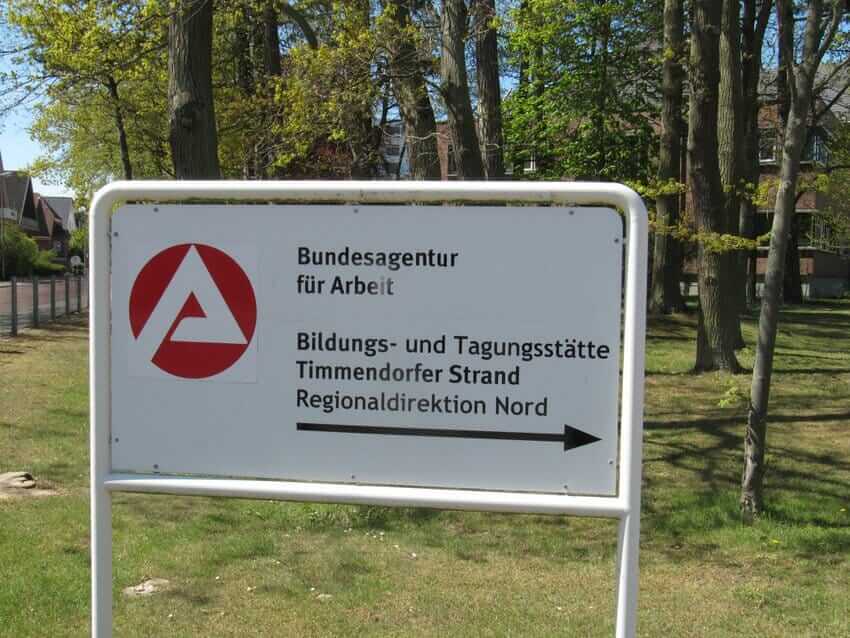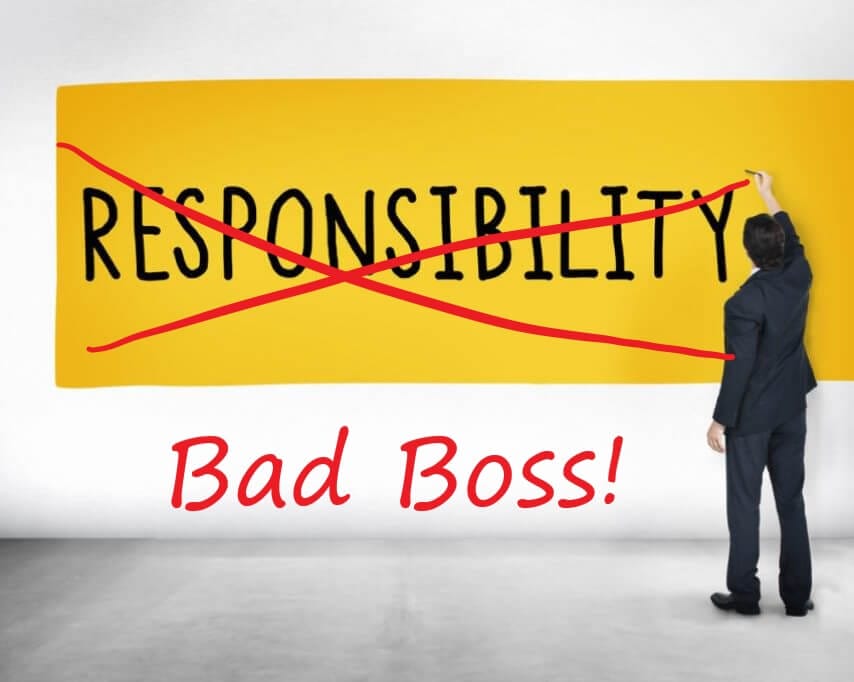For their successful, good life Information you really need: Government-funded publisher, awarded the Global Business Award as Publisher of the Year: Books, Shops, eCourses, data-driven AI-Services. Print and online publications as well as the latest technology go hand in hand - with over 20 years of experience, partners like this Federal Ministry of Education, customers like Samsung, DELL, Telekom or universities. behind it Simone Janson, German Top 10 blogger, referenced in ARD, FAZ, ZEIT, WELT, Wikipedia.
Disclosure & Copyright: Images created as part of a free collaboration with Shutterstock.
Cultural Fit & Leadership: Finding suitable employees with values
From Dr. Anke Nienkerke-Springer (More) • Last updated on October 20.01.2024, XNUMX • First published on 11.02.2019/XNUMX/XNUMX • So far 5312 readers, 2685 social media shares Likes & Reviews (5 / 5) • Read & write comments
Cultural fit means: The right values in the company help, exactly the right ones Employees to find. But how can Executives Determine values and implement them in such a way that more than just lip service remains?

Values and corporate culture: nothing but sound and smoke?
They jump at you from the company website, are developed in lengthy and time-consuming positioning workshops and have a place of honor in every image brochure: The Rede is of corporate values. Everyone has heard about it, the board of directors is clear: Yes, our company needs that too - at least for the right public image.
And there lies the crux of the matter. Values only for the right Effect of Company should serve are nothing more than smoke and mirrors. They look good on glossy brochures – but real ones Implementation these companies are miles away. How do managers implement values so that they are actually lived and And why is a solid value framework even relevant in day-to-day business?
The following example proves that values that a company is committed to cannot simply be implemented externally. Regulate not enough. Corporate values must be lived in all areas. From the job interview to canteen planning, because values spiegeln reflected an attitude.
Teamwork on Arrangement: Of Canteens And Hierarchies
An example: For a well-known large company it was clear: "With us, in Future a culture of teamwork and cooperation is practiced.” Employees and managers should be able to enter into an open exchange with one another at any time in order to achieve the best possible result for the company. Just no false shyness and no hierarchical thinking. When it came to designing a new staff canteen, it became clear fast: The corporate value “open and without hierarchy” only existed in theory.
The idea of a communal canteen for the entire workforce did not please the board level at all. Most people were convinced that an “extra” canteen, for example for important customer meetings, would be an advantage - not every employee has to listen. So far, really, so fatal. On the rational level makes the argument Sinn – of course there are sensitive ones Meetings with senior customersthat something Privacy and demand seclusion. But what speaks against going to a fancy restaurant with these customers? Building two canteens would contradict almost every point of the company's highly praised and unanimously approved we culture. It sends the message: you down there, we up here.
Checklist: Identify your own values
The most important question in the Definition of a canon of values is: What is really important to me? The honest answer to the question often evokes unpleasant feelings, doubts about oneself and one's own activity, the realization that there is one Reorientation requirement. These are all important steps in the right direction. Further Askthat help narrow down one's values are:
- What makes me credible?
- Do I have role models, and if so, which and why?
- How do I meet people?
- In which situations am I particularly credible and present?
- Which image of man leads my everyday life?
- How do I define success, recognition and appreciation?
- What values do I use to guide my actions?
- What are the requirements that I have to bring along to be a leader?
- What is my task?
- Should the result be that one's own values do not conform to those of the company, then something must change. Managers can not expect employees to support and live values they already reject.
Cultural Fit: Find the right people with the right values
Who visites successfully Anyone who wants to lead needs a solid and, above all, a real framework of values in order, for example, to find the right one for the company, even in ethical borderline cases decision to be able to meet. The definition of one's own values becomes an inner compass that helps to determine the attitude towards oneself and others People to be determined more clearly. In a second step, these values can then be compared with those in the company. Long-term productive work is only possible in an environment in which these two quantities are approximately congruent.
A central topic or rather a problem that many companies are dealing with today is the question: How do I find and keep the right employees? Here, too, the company values are a powerful argument. Because as is often done in the banking industry at the moment ("I buy three start-ups and offer twice as much salary"), It does not work. People are looking for meaning, for fulfillment at work, for a cultural work environment that meets their own expectations.
Checklist: Identify your own culture of mistakes and communication
Every innovative company should therefore seriously consider the following factors:
- How do we deal with each other here?
- Do I want to promote self-responsibility among my employees or do I prefer full control?
- Does an open culture of mistakes exist or are missteps sanctioned?
Such ruthless self-analysis is not easy or even a one-time process. But if it is carried out correctly, the cultural transformation of the company creates a competitive advantage that can not be copied. Culture is not a purely analytical process. It is always a process between people. It's no use defining ad agency values and then announcing to employees that they have six weeks to implement them. That's nonsense. People need to be involved - then we do not have to talk about implementation anymore.
Here writes for you
 Dr. Anke Nienkerke-Springer is the managing director and owner of Nienkerke-Springer Consulting. She is considered a leading expert in communication in transformation processes, top management coaching and consulting. All texts from Dr. Anke Nienkerke-Springer.
Dr. Anke Nienkerke-Springer is the managing director and owner of Nienkerke-Springer Consulting. She is considered a leading expert in communication in transformation processes, top management coaching and consulting. All texts from Dr. Anke Nienkerke-Springer.
3 Responses to "Cultural Fit & Leadership: Finding suitable employees with values"
-
I'm very happy, coincidentally via Facebook Having stumbled across your page and I am now very much looking forward to further contributions.
-
Cultural fit is such an important yet often underestimated topic.
-
Thank you for your comment!
-









Post a Comment